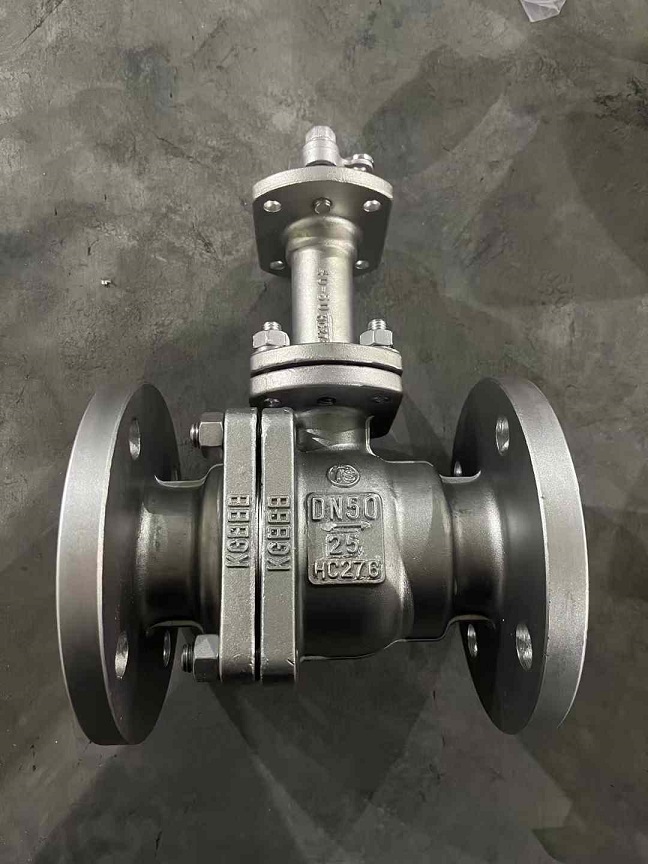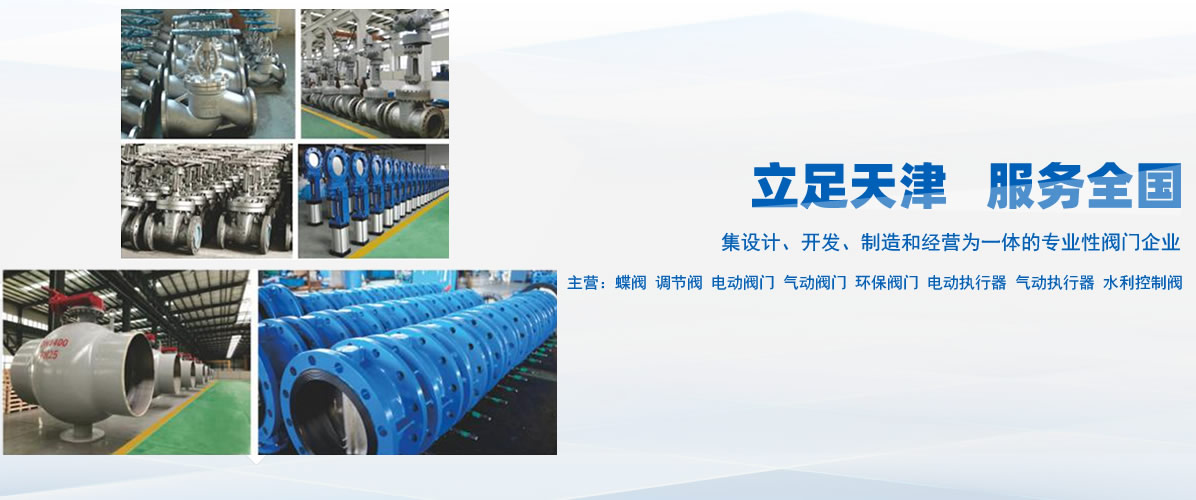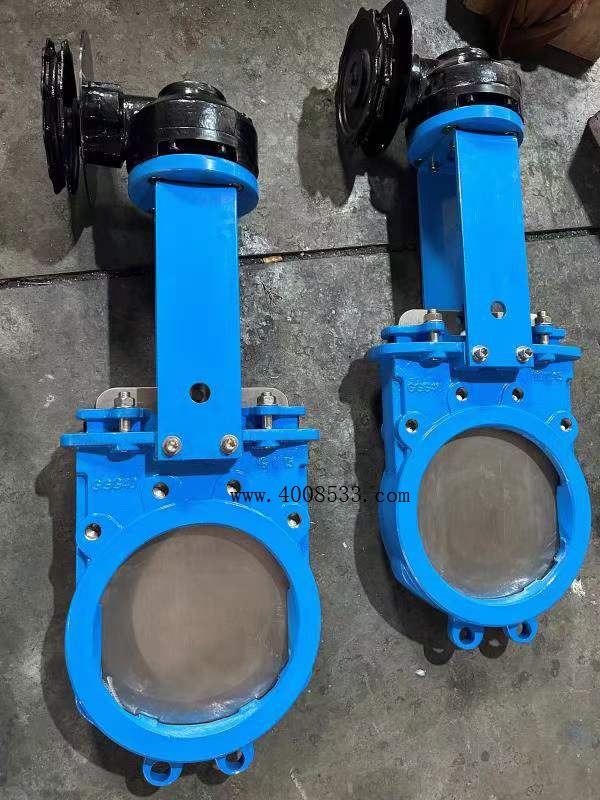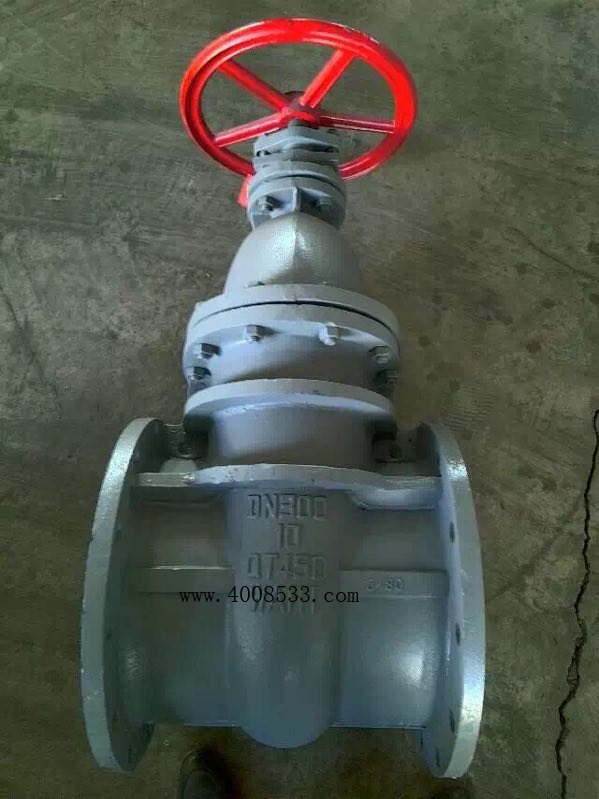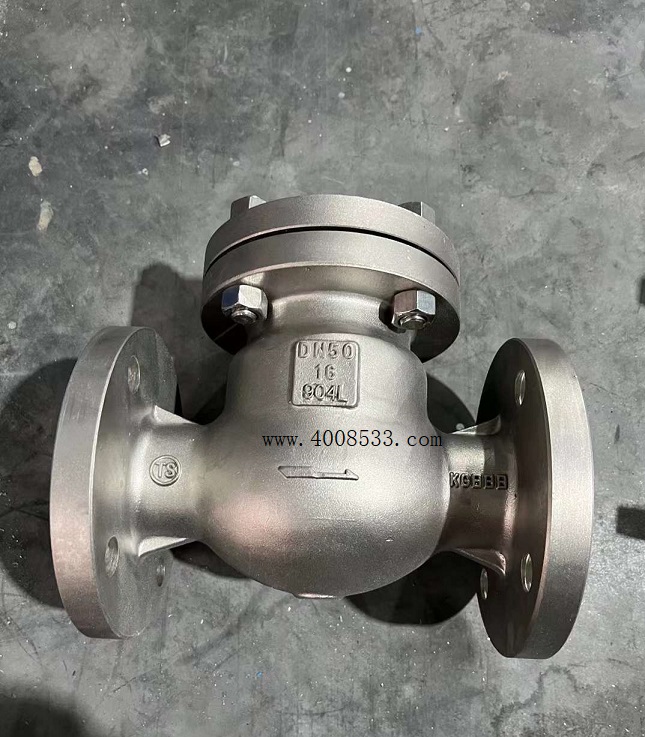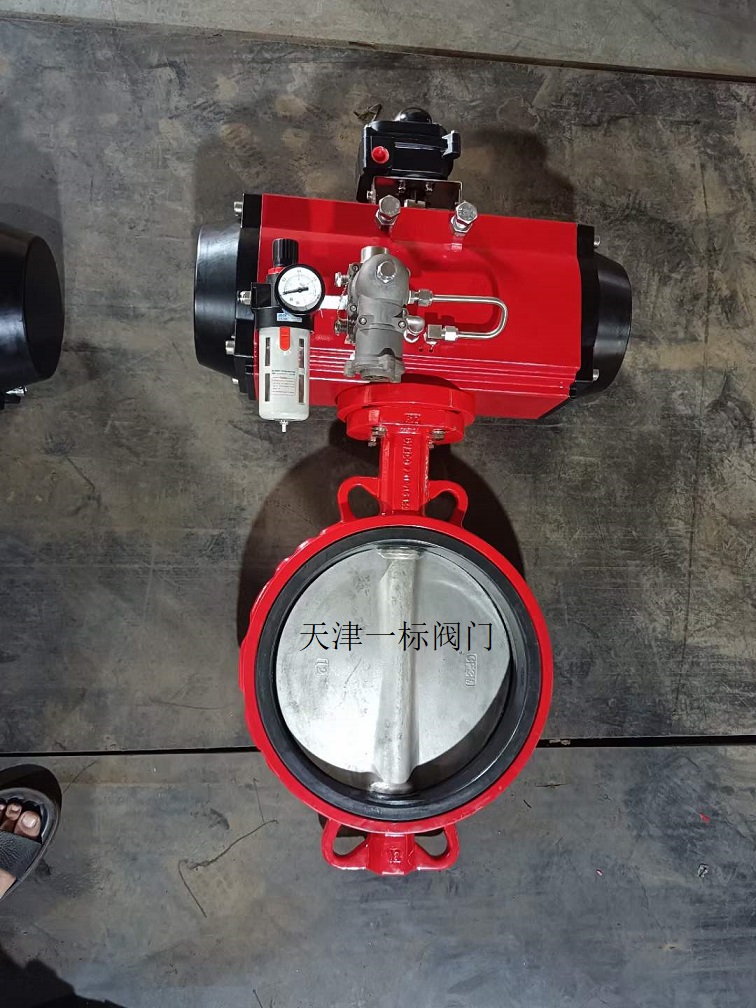Extended rod ball valve

The following is a technical analysis and application guide for extended rod ball valves, integrating core features, application scenarios, and operating specifications:
1、 Core Structure and Technical Characteristics
Design of long neck valve cover
Adopting a stainless steel valve body and an extended valve stem structure, the hardness and corrosion resistance are improved through surface chrome plating/nitriding treatment, adapting to extreme temperature differences from -196 ℃ to+80 ℃ (such as liquid nitrogen and liquefied natural gas transportation).
Anti fall safety device
Design: The valve stem head is embedded in the cap cavity, and multiple fastening bolts are radially fixed to prevent valve stem displacement caused by transportation or vibration.
Full welding sealing technology
The buried model adopts a leak free welded valve body, with an IP68 protection level to ensure the reliability of long-term underground operations.
2、 Key performance parameters
Application significance of indicator parameter range
Suitable temperature -196 ℃~+80 ℃, supporting the transportation of cryogenic media such as liquid oxygen/liquid hydrogen
Caliber range DN15-DN200 (full specification coverage)
Match civilian to industrial pipeline requirements
Connection method: flange connection (mainstream)
Ensure high pressure sealing
Protection level IP68: No leakage after underground immersion
3、 Core application scenarios
Low temperature industrial system
Liquefied natural gas (LNG) pipeline control, ethylene and liquid nitrogen storage and transportation, rely on ultra-low temperature sealing performance.
Case: Used for medium diversion/flow direction switching in coal chemical plants.
Urban gas safety pipeline network
Directly buried underground design, explosion-proof structure to prevent gas leakage and explosion, supporting remote operation on the ground.
Key nodes in energy transmission
The oil pipeline is installed underground, and the fully welded valve body is resistant to soil corrosion and pressure fluctuations.
4、 Installation and operation specifications
Installation points
Direction control: The valve body axis needs to be installed horizontally, and the sealing is enhanced by the self weight of the sphere; The flow direction of the medium must be consistent with the design direction of the valve.
Welding protection: Control the temperature during welding connection to avoid high temperature damage to the sealing components, and remove welding slag after welding.
Operation taboos
Avoid excessive torque operation (stopping when manual valve resistance suddenly increases); The switch speed should be slow to prevent water hammer impact.
Manually force valve opening ≤ 5 times per day to prevent overloading of the mechanism.
Maintenance requirements
Regularly check the tightening status of bolts, clean non-metallic seals with pure water/alcohol, and prohibit long-term immersion in organic solvents.
Replace the sealing components and calibrate the ultra-low temperature valve every 6 years.
